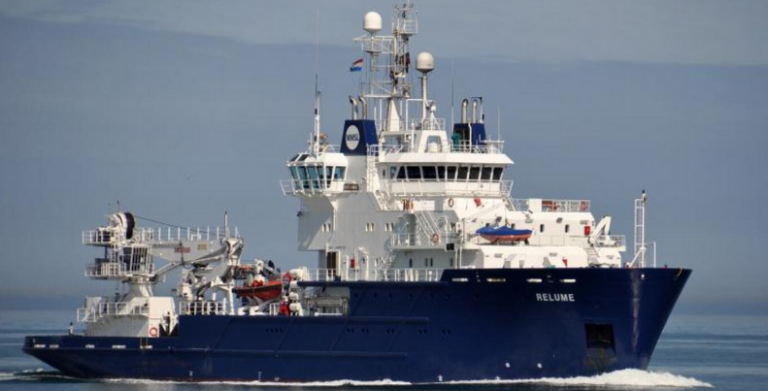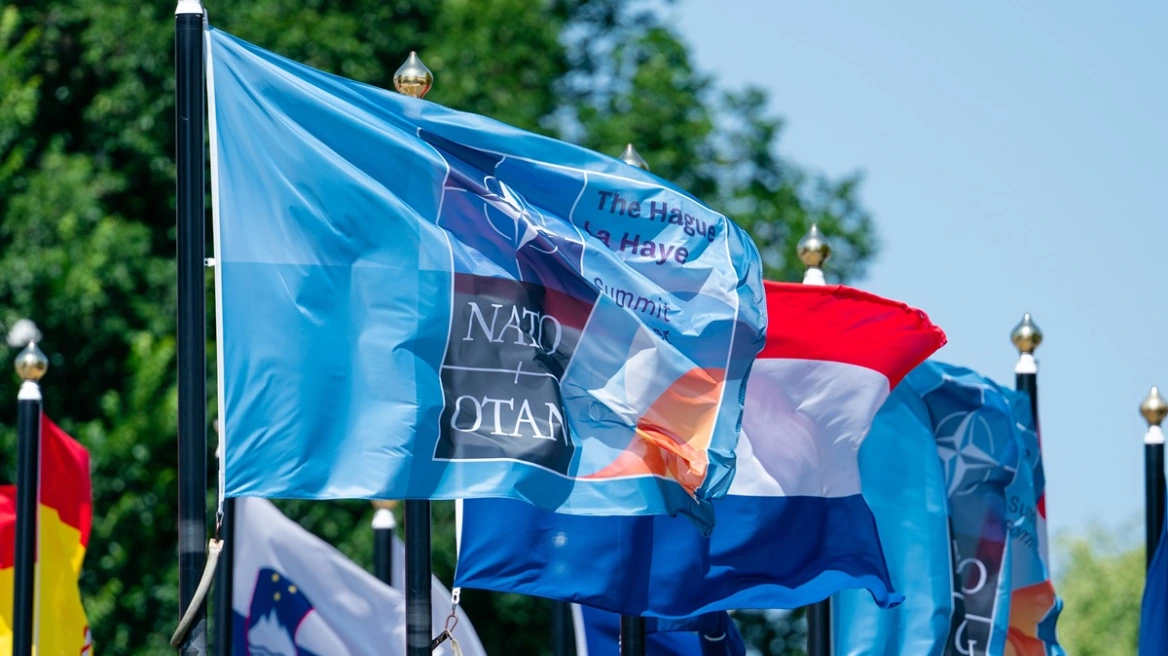Tension in the maritime area of Kasos is easing as the Italian ship’s cable-laying research concluded early this morning. The Italian ship traversed the entire distance within the Greek Exclusive Economic Zone (EEZ) and is now returning to Heraklion for resupply. Notably, a Turkish navy ship monitored the Italian vessel from a distance of 1.5 nautical miles, indicating that diplomatic channels functioned to defuse a situation that could have escalated into a serious incident between Greece and Turkey.
According to Marine Traffic data on the research vessel IEVOLI Relume’s route, the ship did not approach the contested area claimed by Turkey and is now returning to the port of Heraklion.
Over the past 24 hours, Athens and the Ministry of Foreign Affairs sought ways to defuse an incident that could have escalated into a severe episode undermining Greek-Turkish rapprochement and reigniting tension in their relations. The Italian ship Ievoli Relume continued its operations south of Kasos and Karpathos.
Navigating out of this controlled crisis was not straightforward, as Turkey sought to exploit the Italian ship’s research to challenge Greek sovereign rights, annul the demarcated Greek EEZ based on the Greece-Egypt Agreement, and reinforce the Turkey-Libya Memorandum and the Blue Homeland doctrine by claiming the entire Greek continental shelf in the Eastern Mediterranean.
The Ministry of Foreign Affairs aimed to keep a low profile, with diplomatic sources noting that there was no real tension, hoping that the use of communication channels would have immediate results and lead to the resolution and management of the budding crisis. The tension in the area comes after a challenging two days in Cyprus, where the Turkish leadership’s rhetorical surge and Erdoğan’s wall on the Cyprus issue, with the official position of two states, test the resilience of Greek-Turkish rapprochement.
However, the Italian ship Ievoli Relume conducted cable-laying research (for the Greece-Cyprus electricity interconnection) based on legal NAVTEX issued by the Heraklion station, covering areas of Greek territorial waters and a small area 6.5 nautical miles from the Karpathos coast within the Greek demarcated EEZ under the Greece-Egypt Agreement. It is also in a location that falls within the potential expansion area of Greek territorial waters to 12 nautical miles, as allowed by the Law of the Sea Convention.
This may be the first time Turkey, through both the NAVTEX it issued and the dispatch of warships to the area, directly challenges the Greece-Egypt Agreement on partial EEZ delimitation. This Agreement was Greece’s response to the Turkey-Libya Memorandum, as an international and valid intergovernmental Agreement, based on the Law of the Sea, the Greece-Egypt EEZ delimitation intervened and overlapped the tenuous Turkey-Libya Memorandum. Thus, it also contested Turkey’s unilateral submission of coordinates with the supposed external limits of the Turkish EEZ, leaving Greece with only 6 nautical miles of territorial waters around the islands and seizing the entire Greek continental shelf, labeling it “Turkish.”
Indicative of the tension in the area is that on Monday, the Heraklion Station issued NAVTEX (715/24) for an air-sea exercise in a large area southwest of Kastellorizo today, Wednesday, followed by Turkey’s NAVTEX (700/24) for an exercise southwest of Kastellorizo in an overlapping area for tomorrow, Thursday. Turkey also issued one of its “regular” NAVTEX (0699/24) demanding that the Dodecanese and other Greek islands be excluded from exercise planning, arguing they are under a supposed demilitarization regime.
The events off Kasos and Karpathos, with Turkey’s attempt to militarize the incident by sending Turkish warships to monitor Ievoli Relume’s movements from a distance, naturally prompted the Greek response by dispatching a frigate, a gunboat, and a fast patrol boat from the Coast Guard to the area. Another frigate is on standby on a Dodecanese island to rush to the area if required.
Ask me anything
Explore related questions





